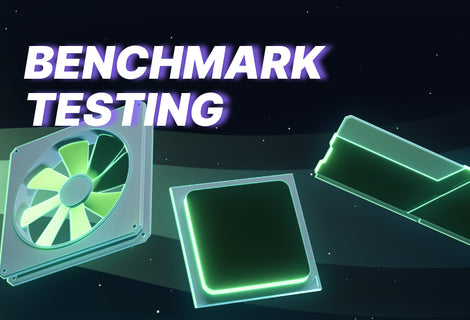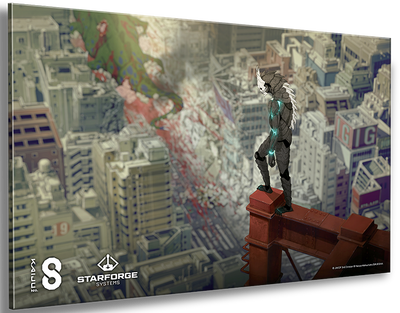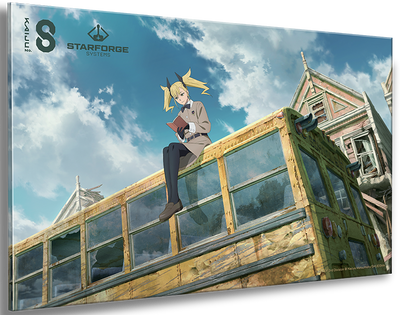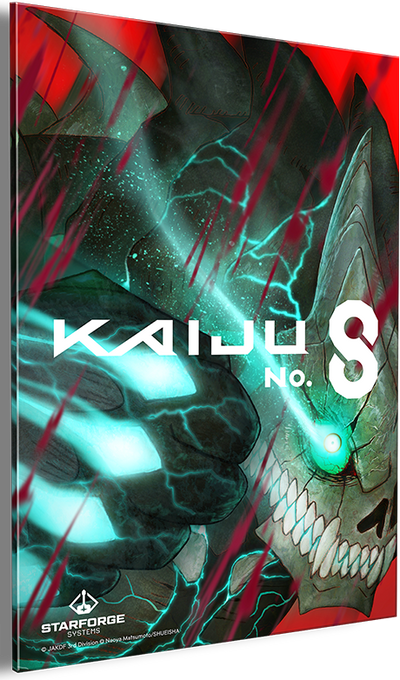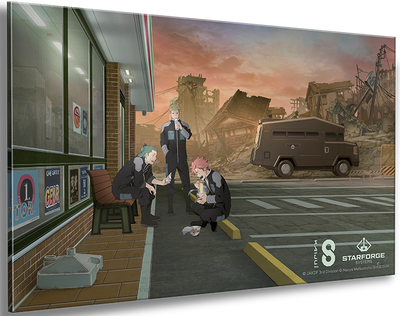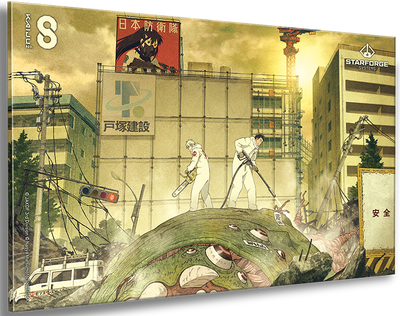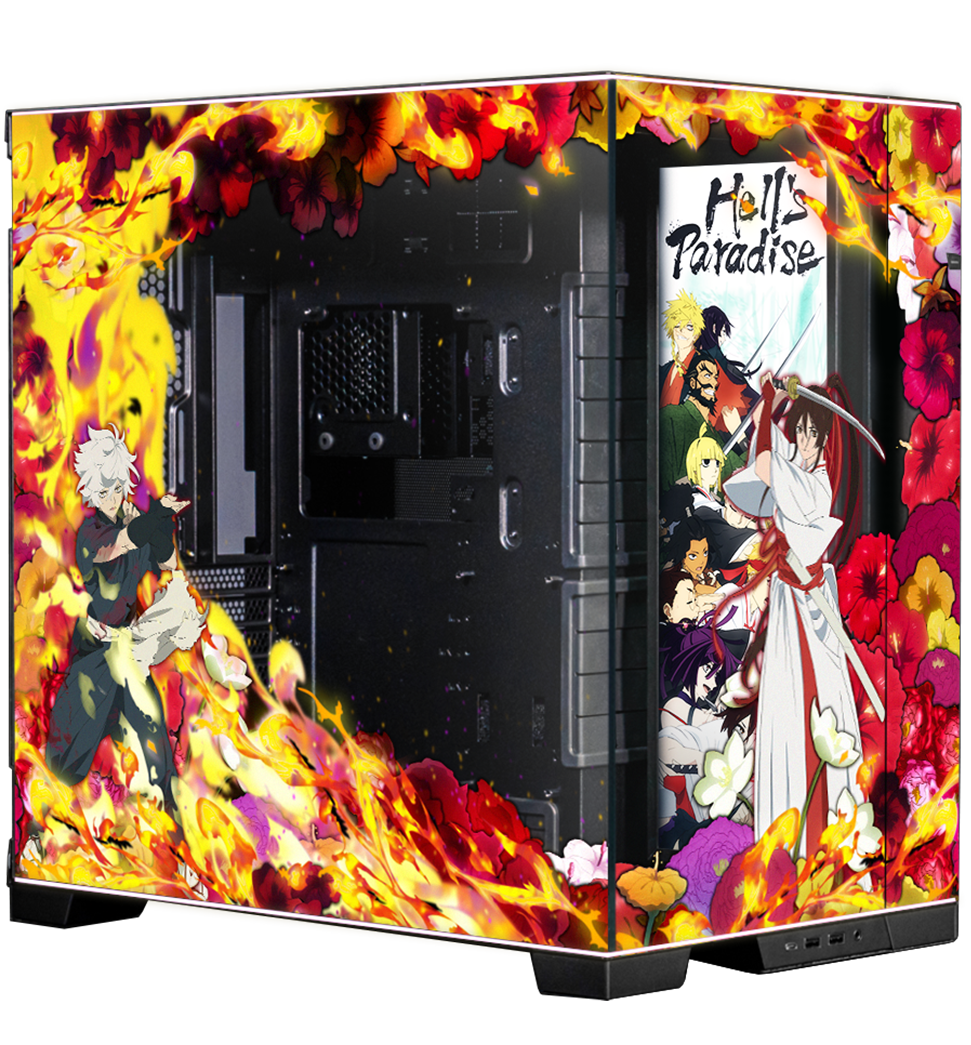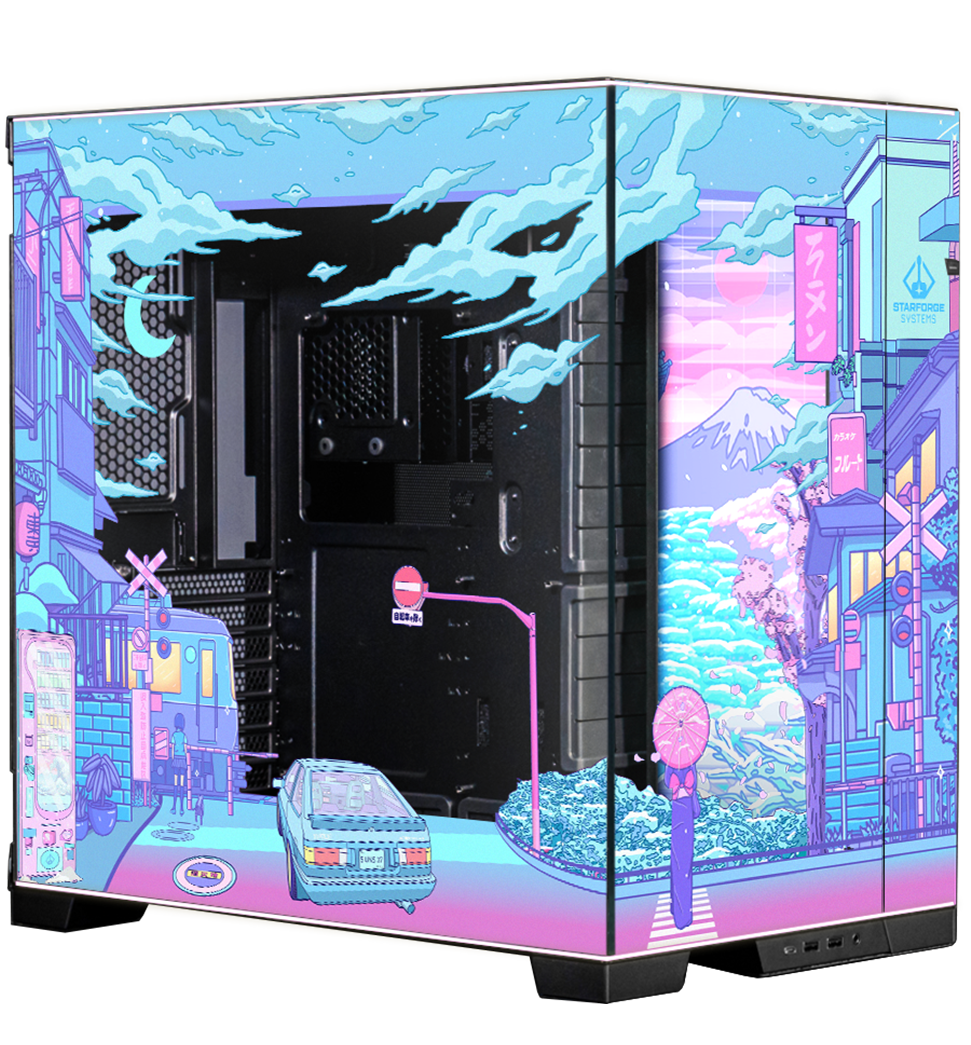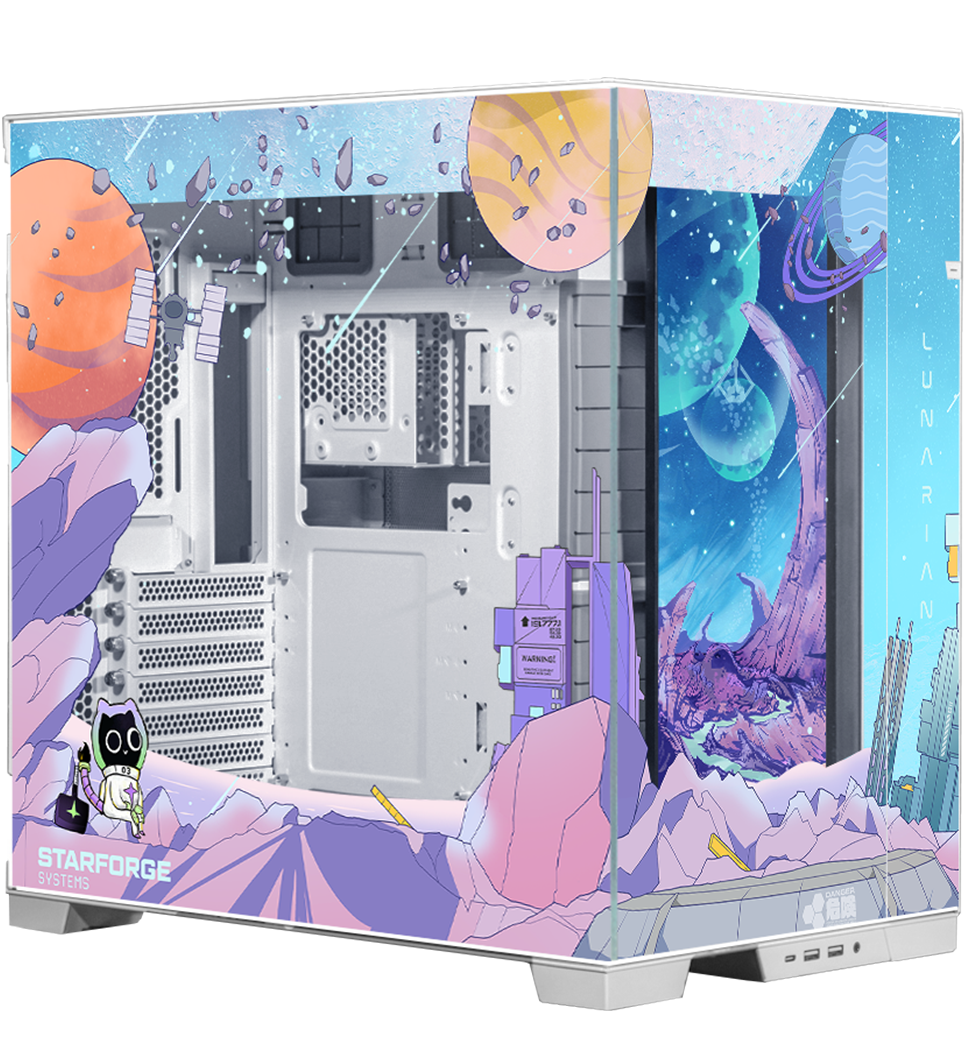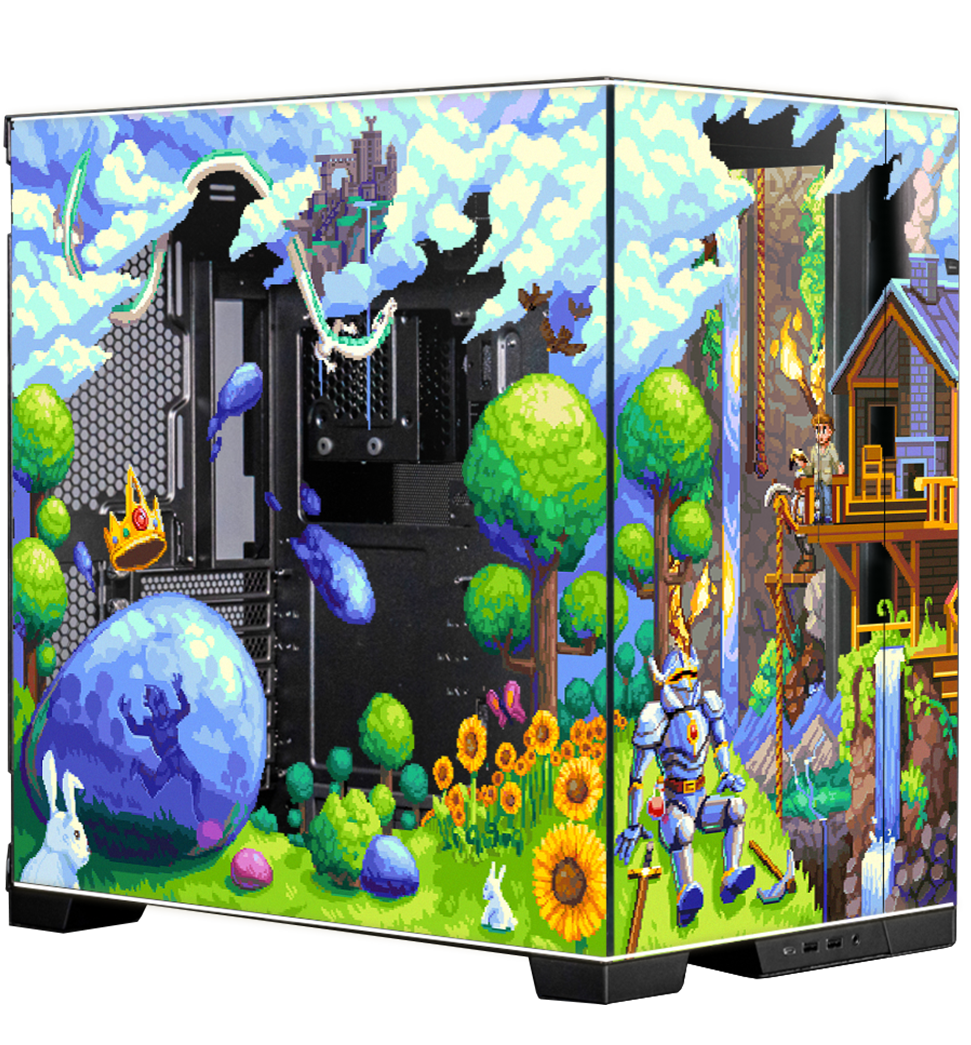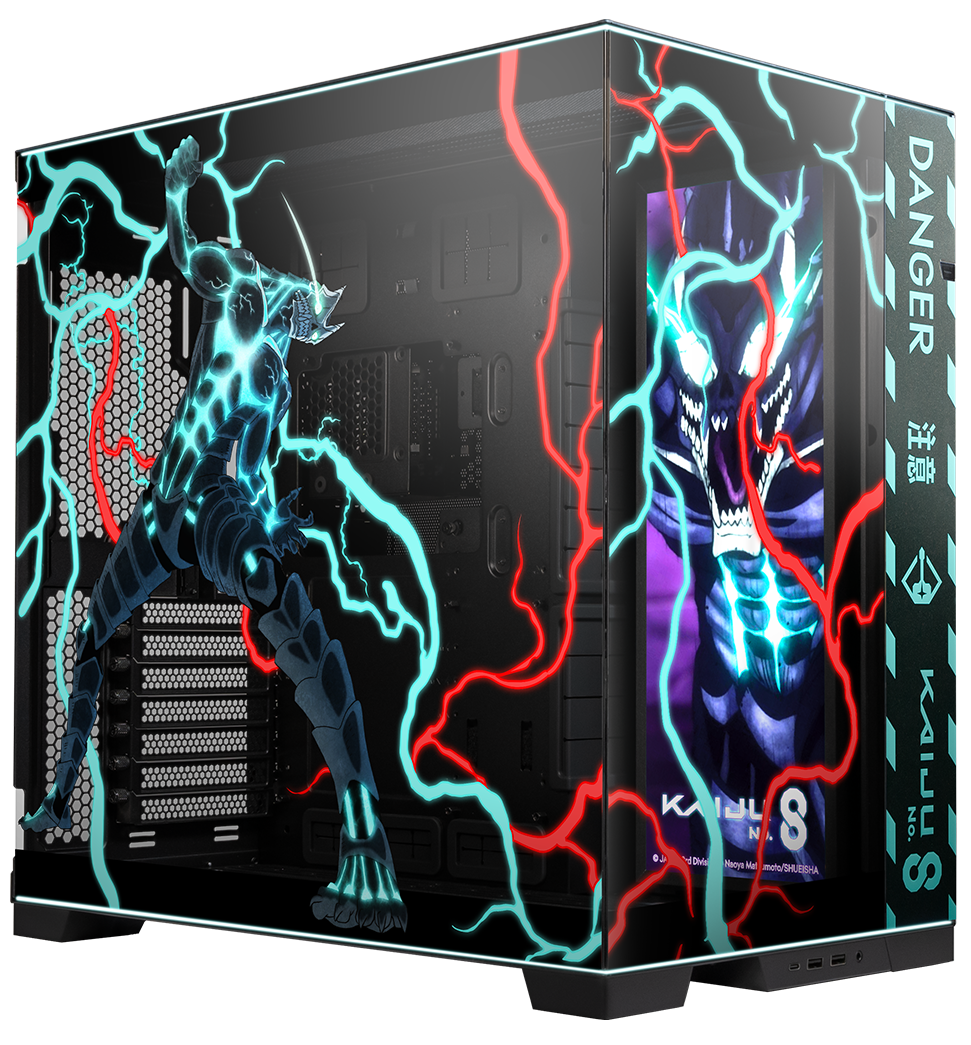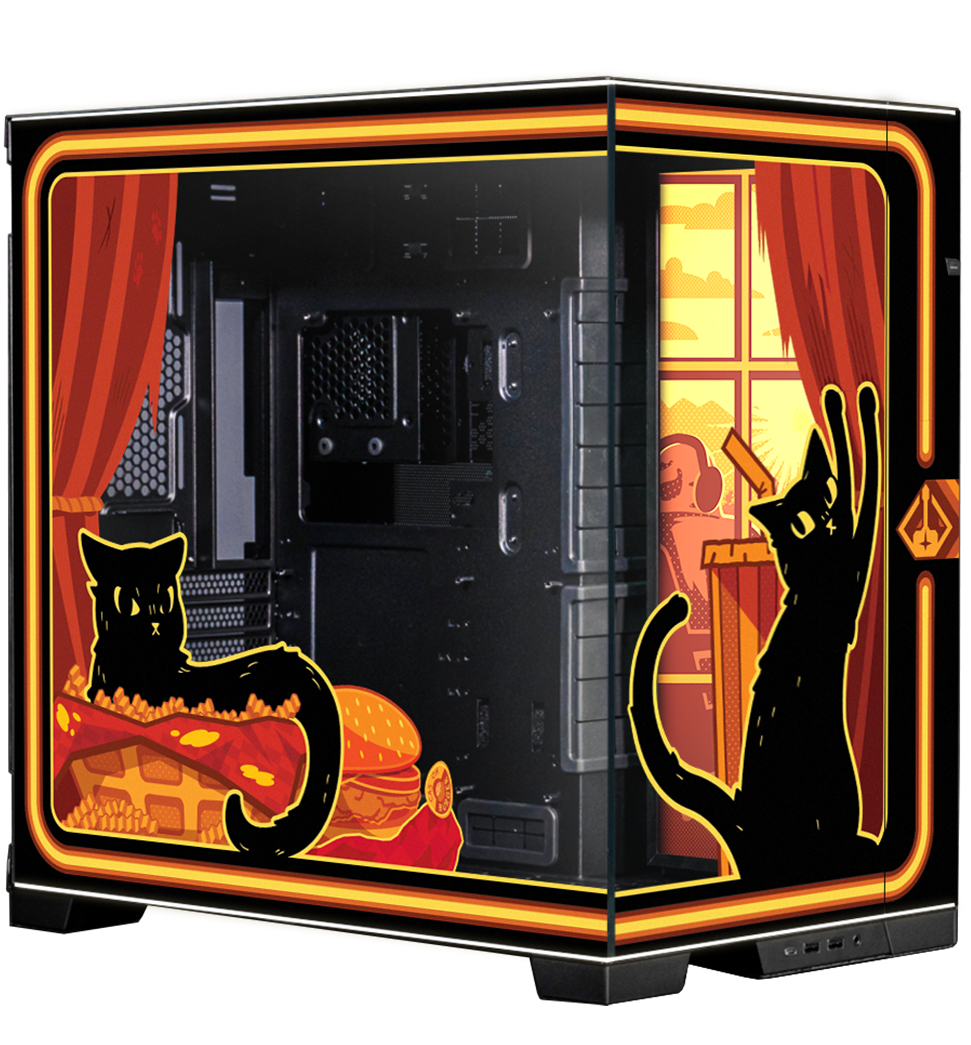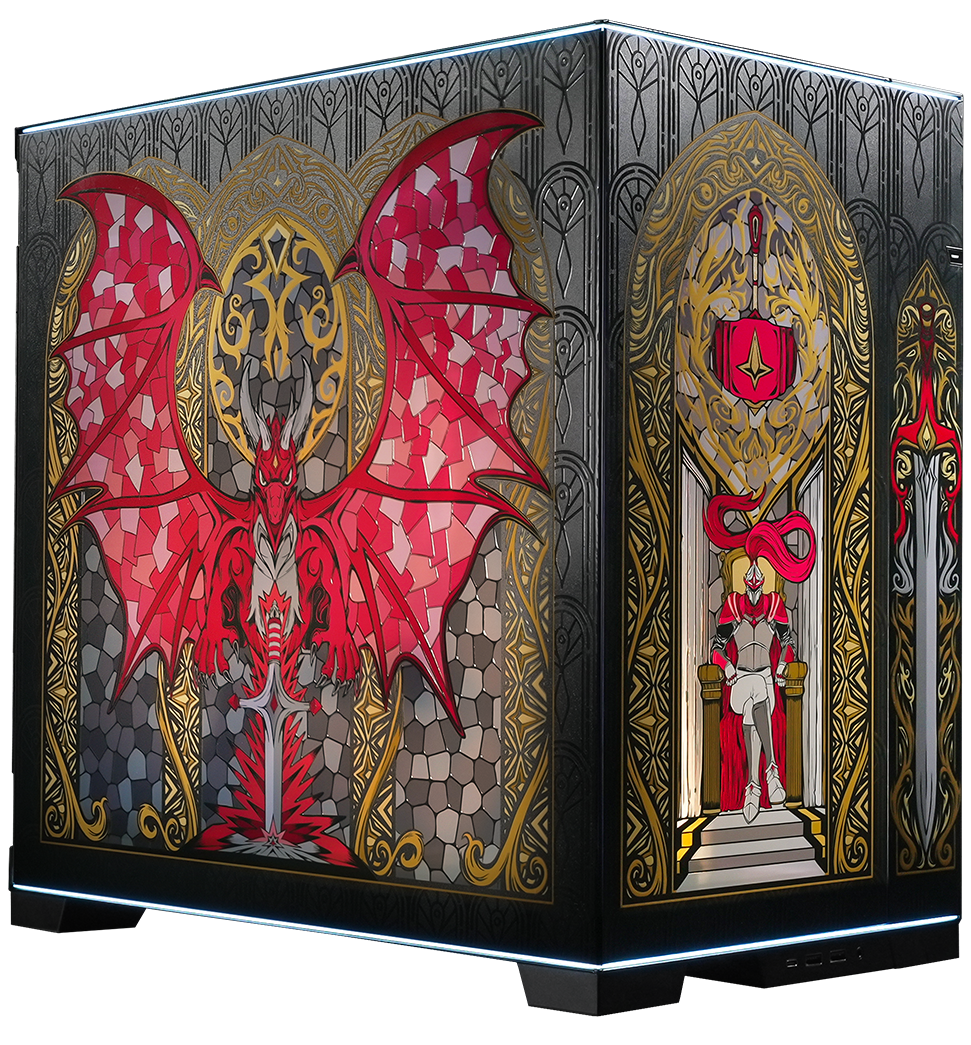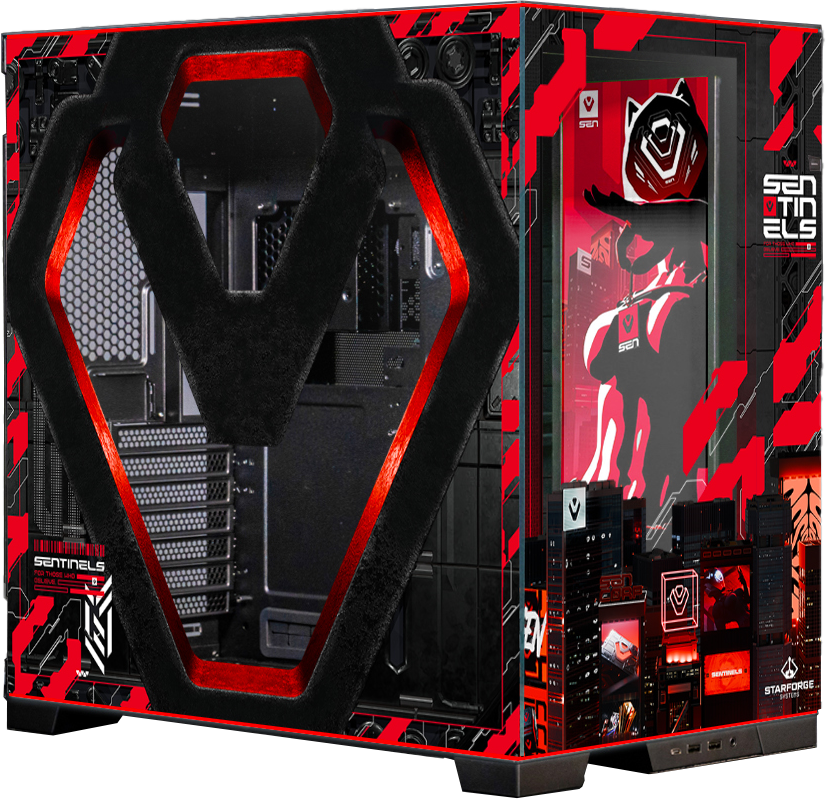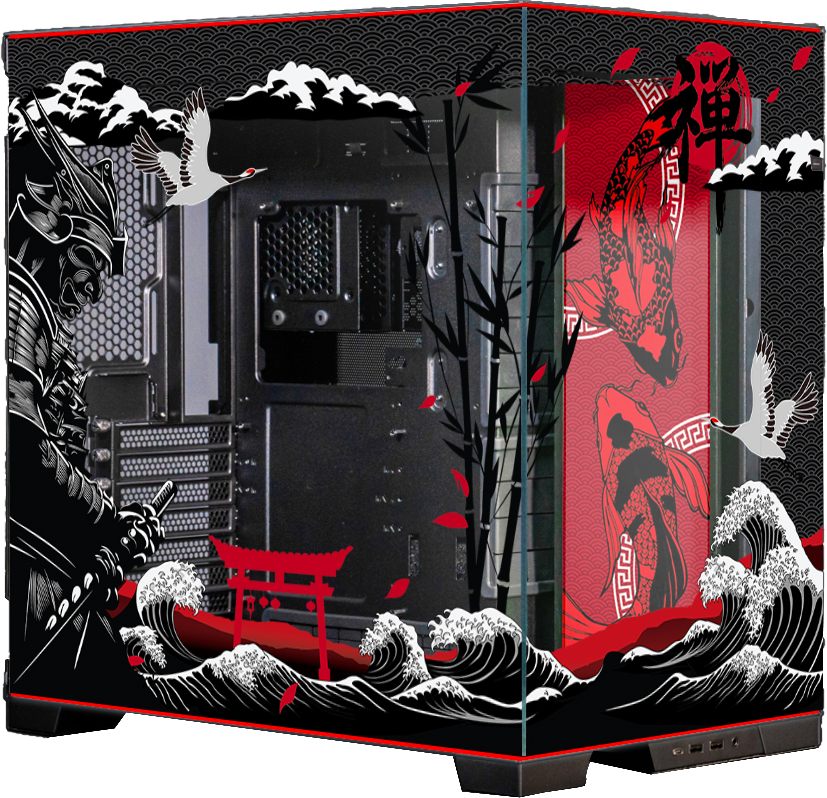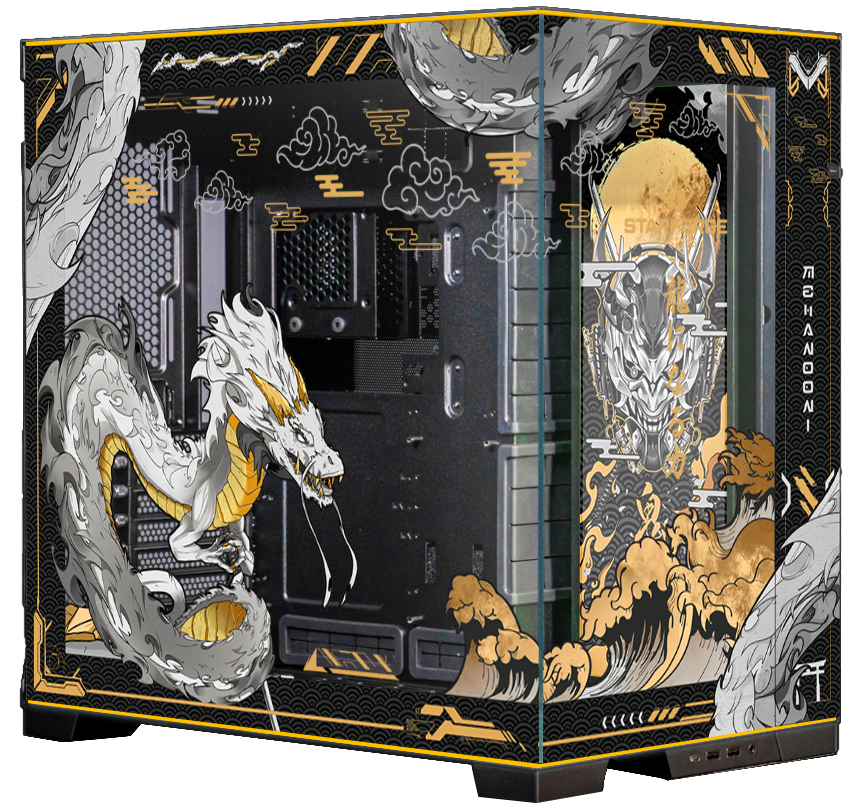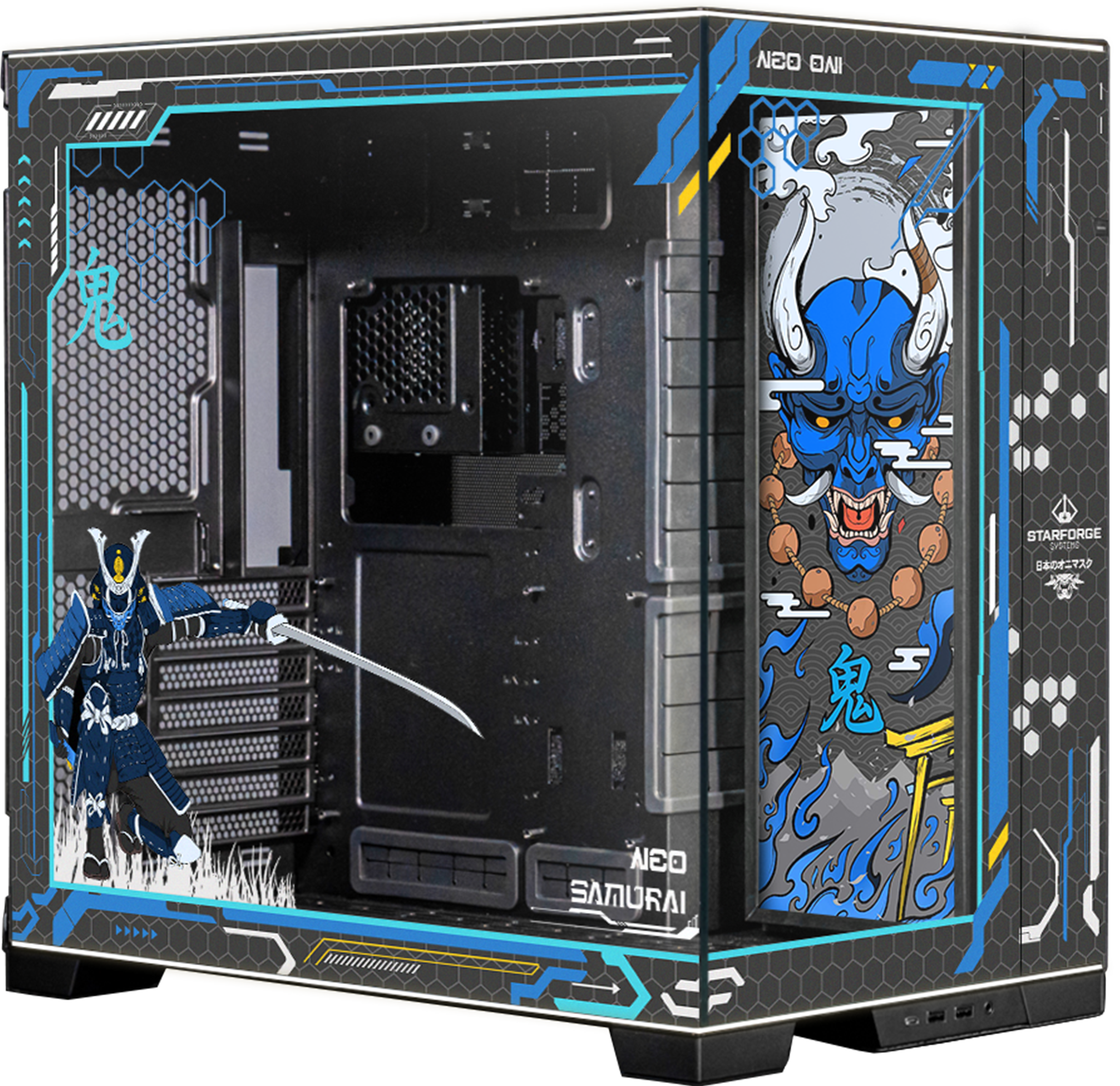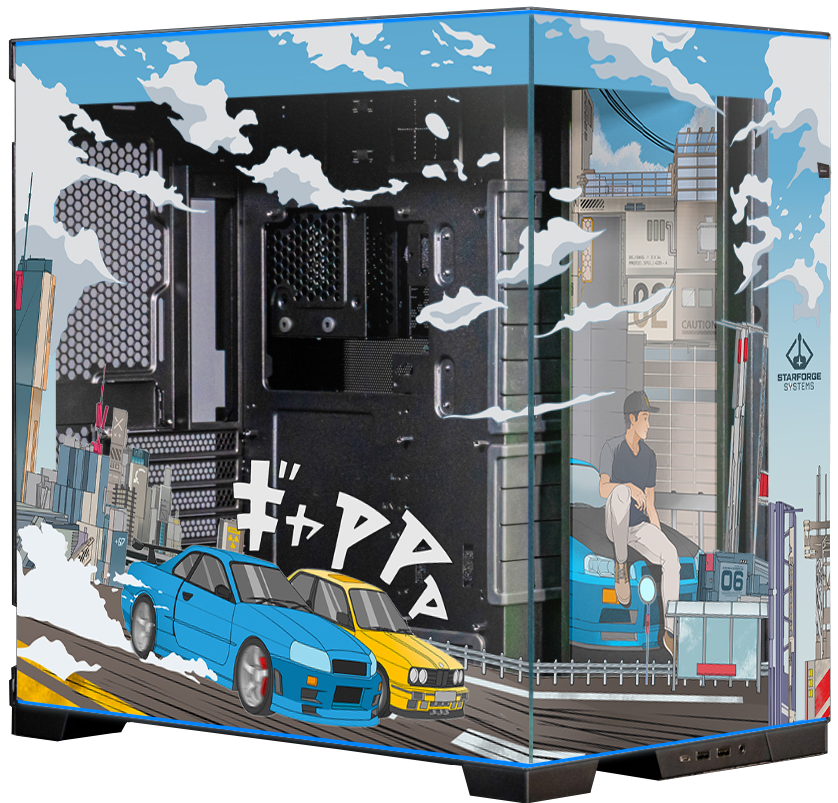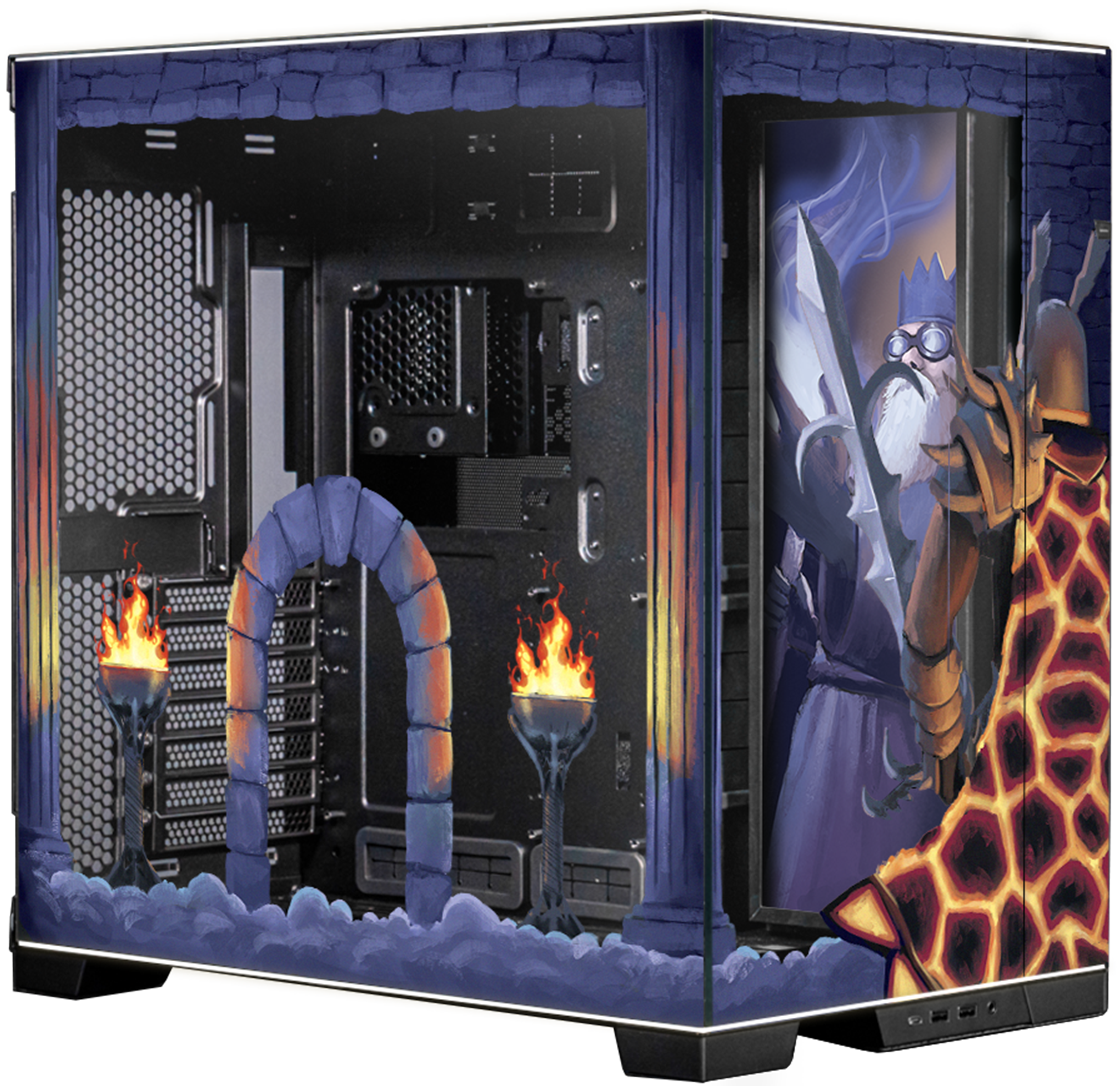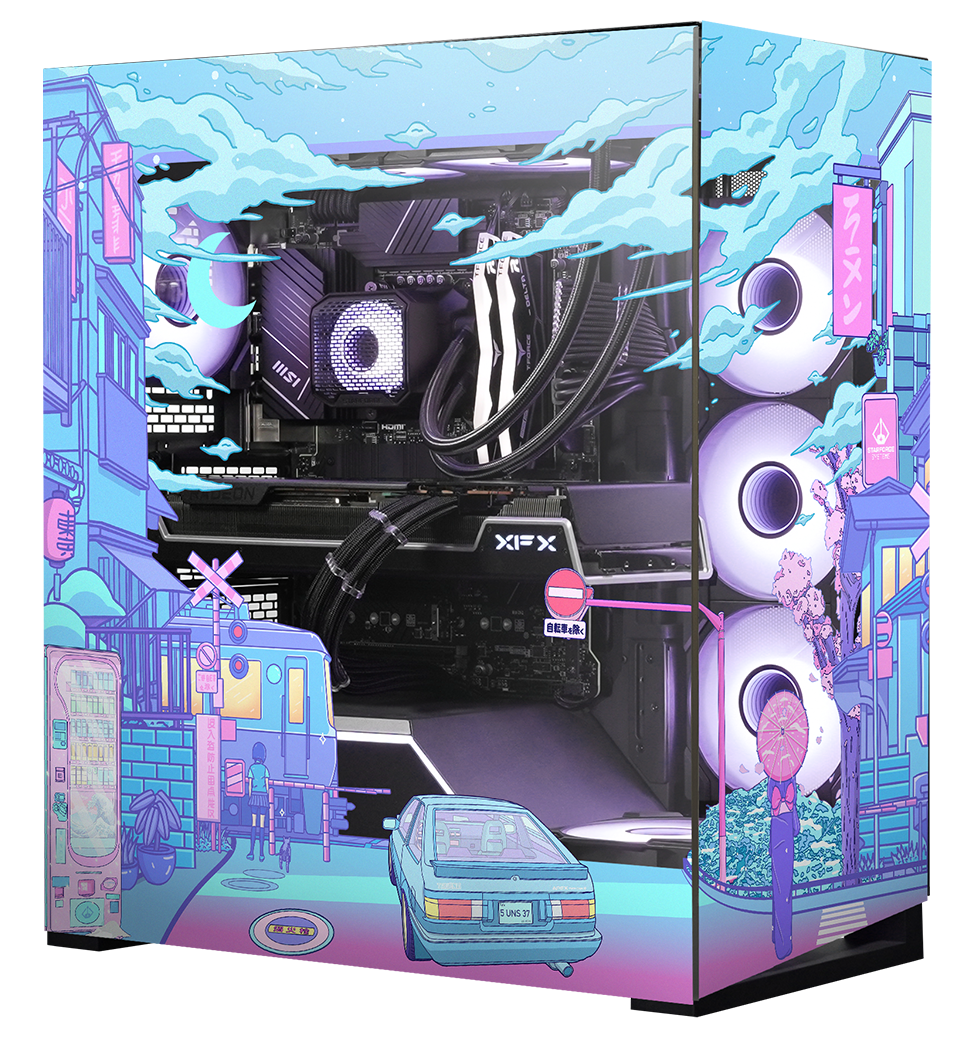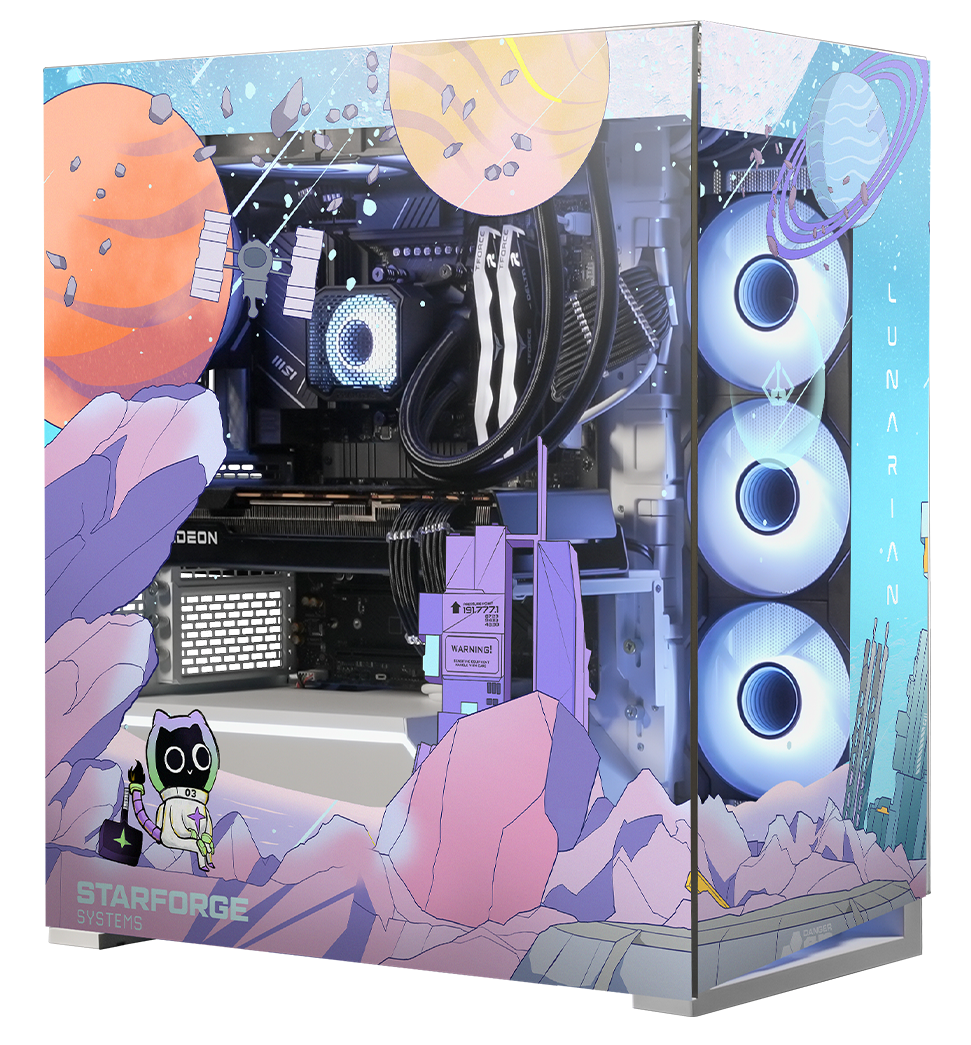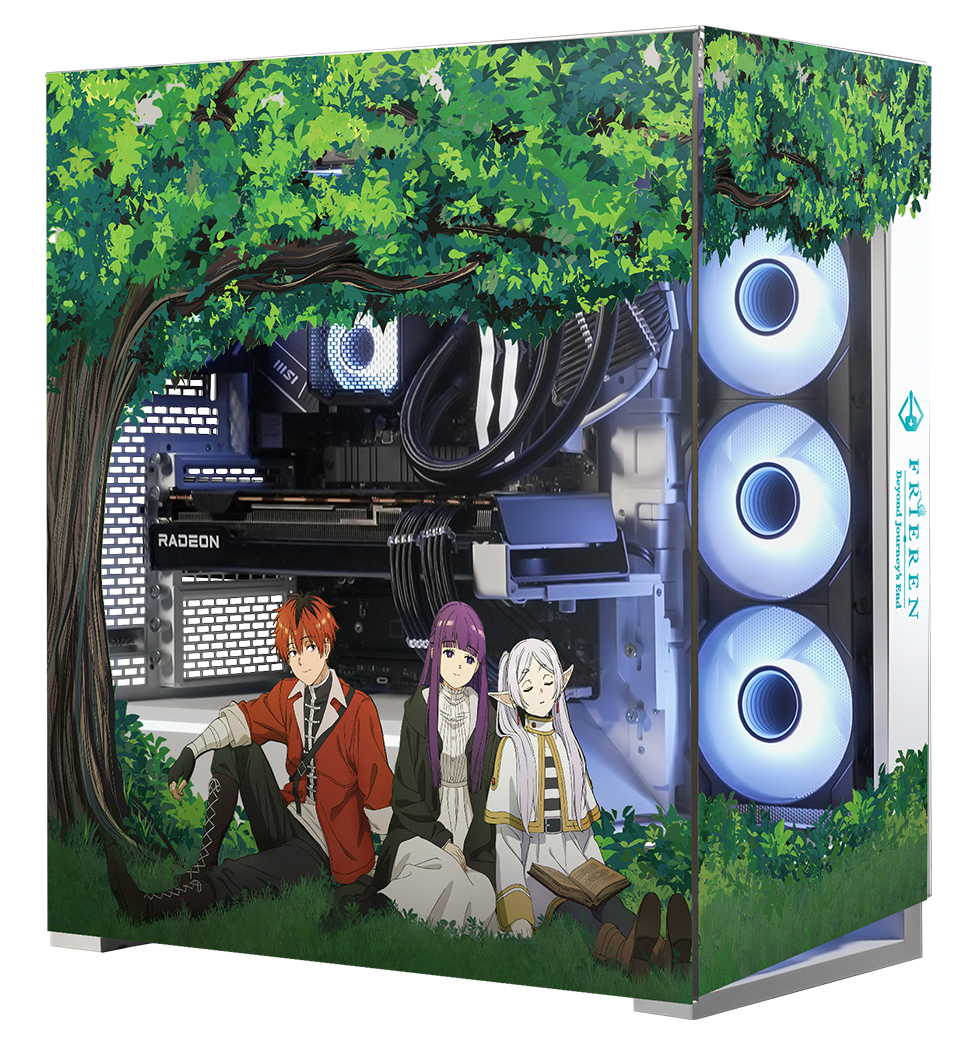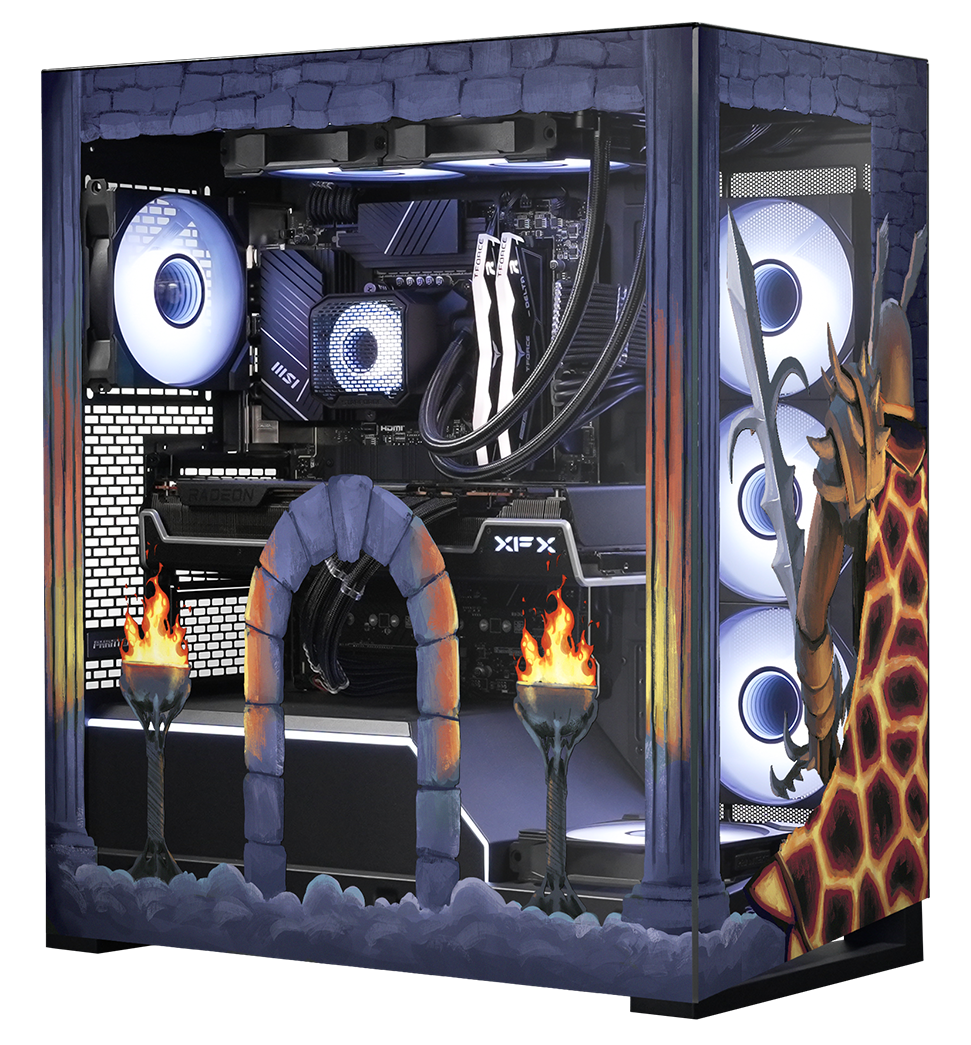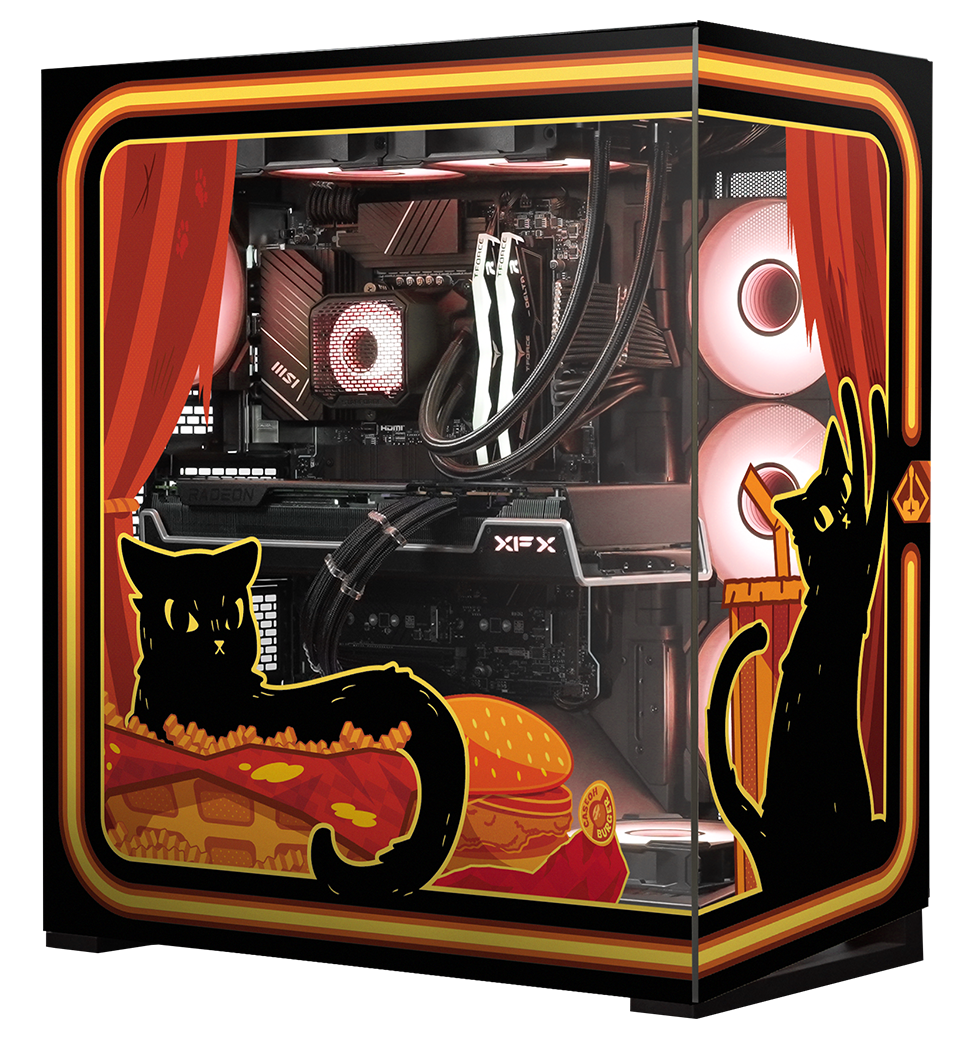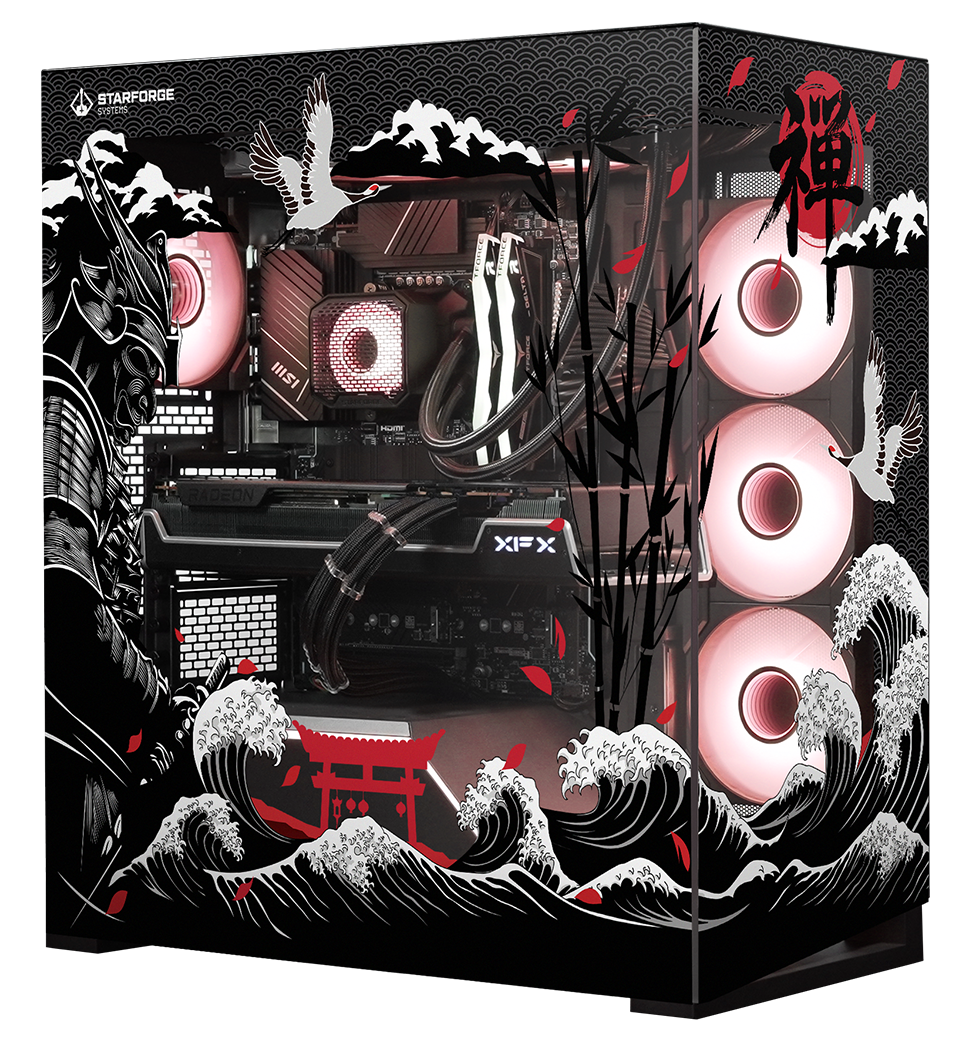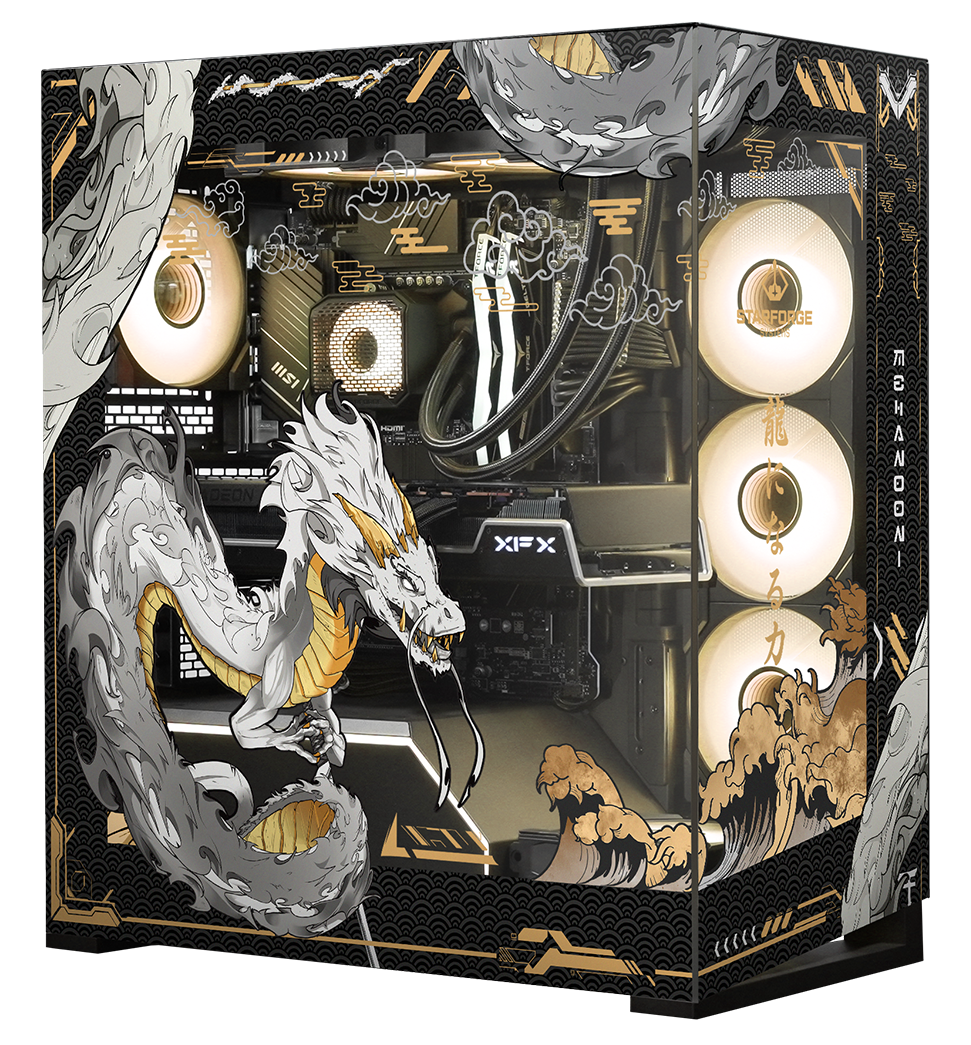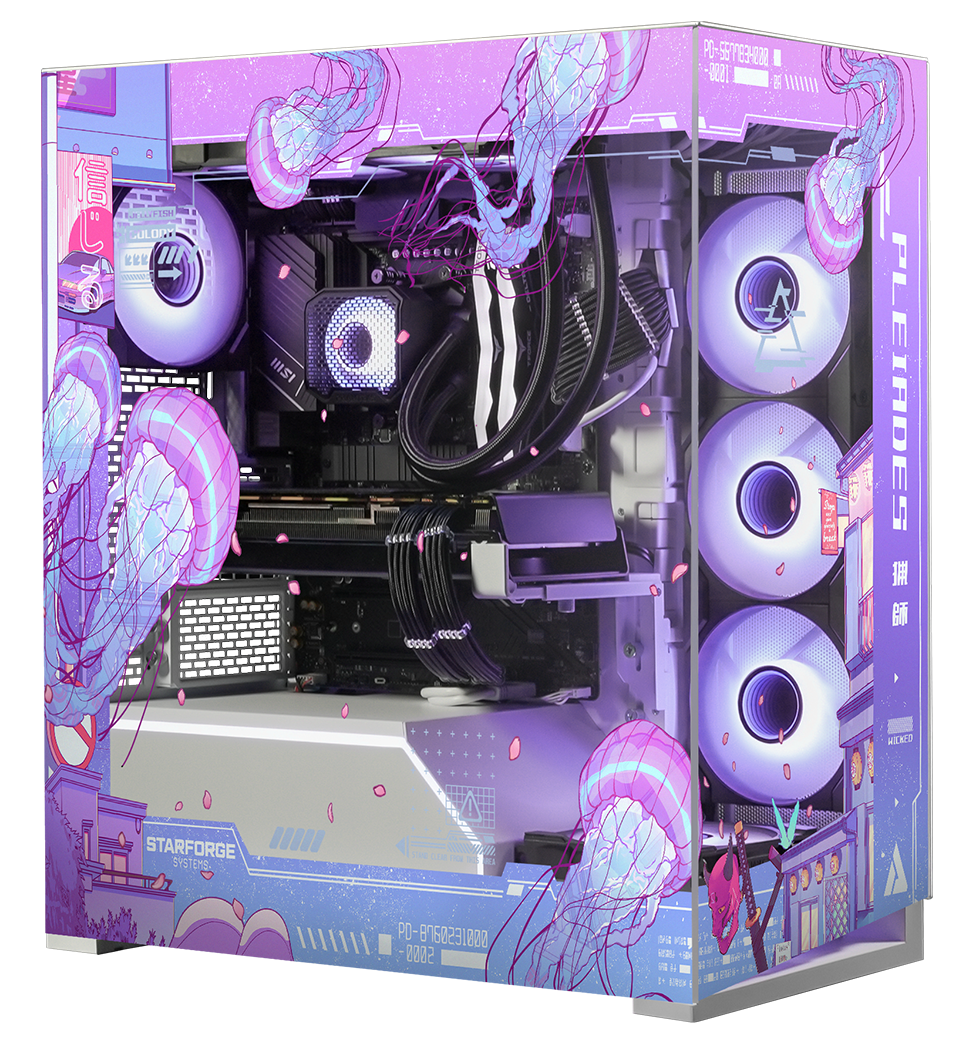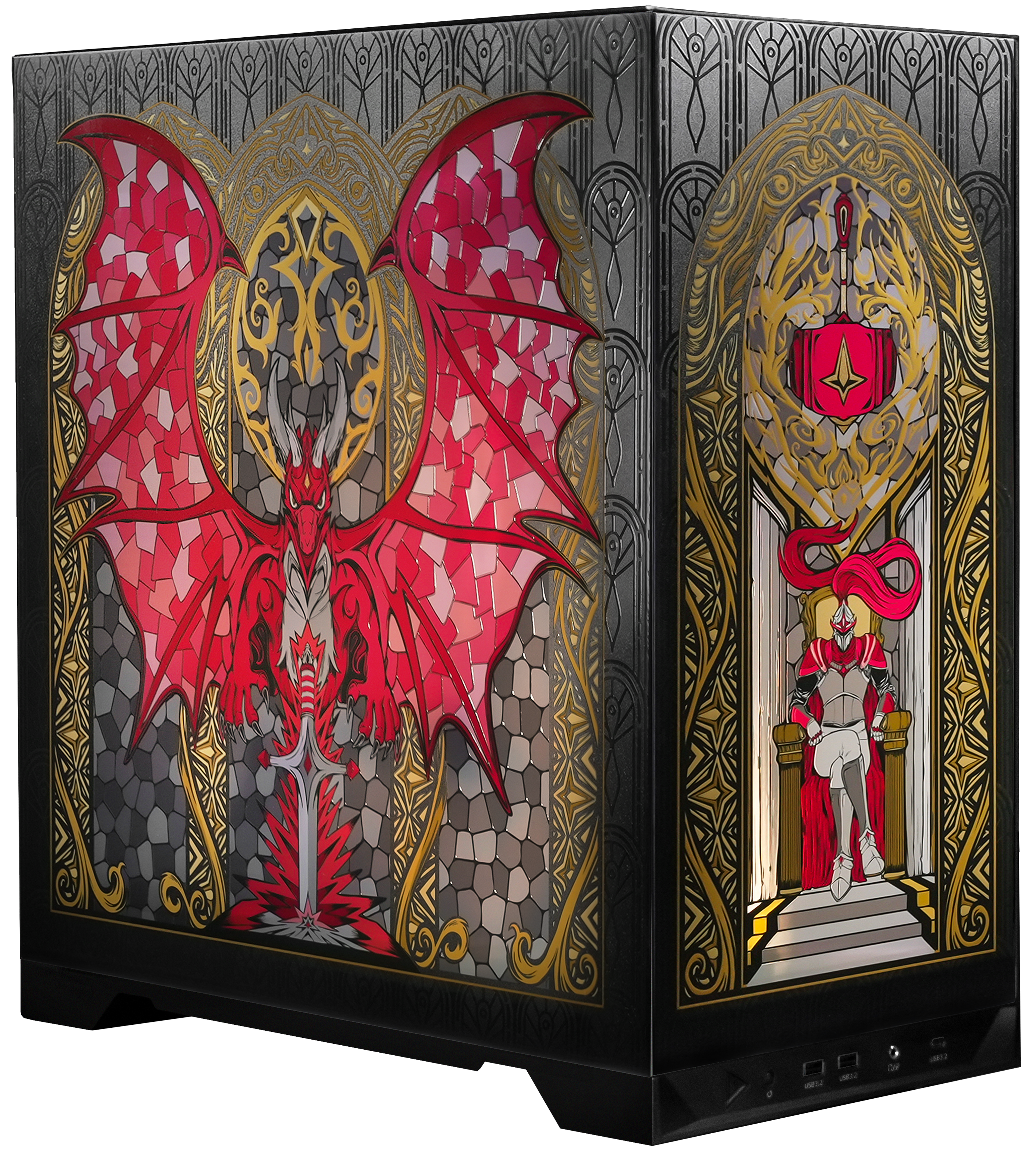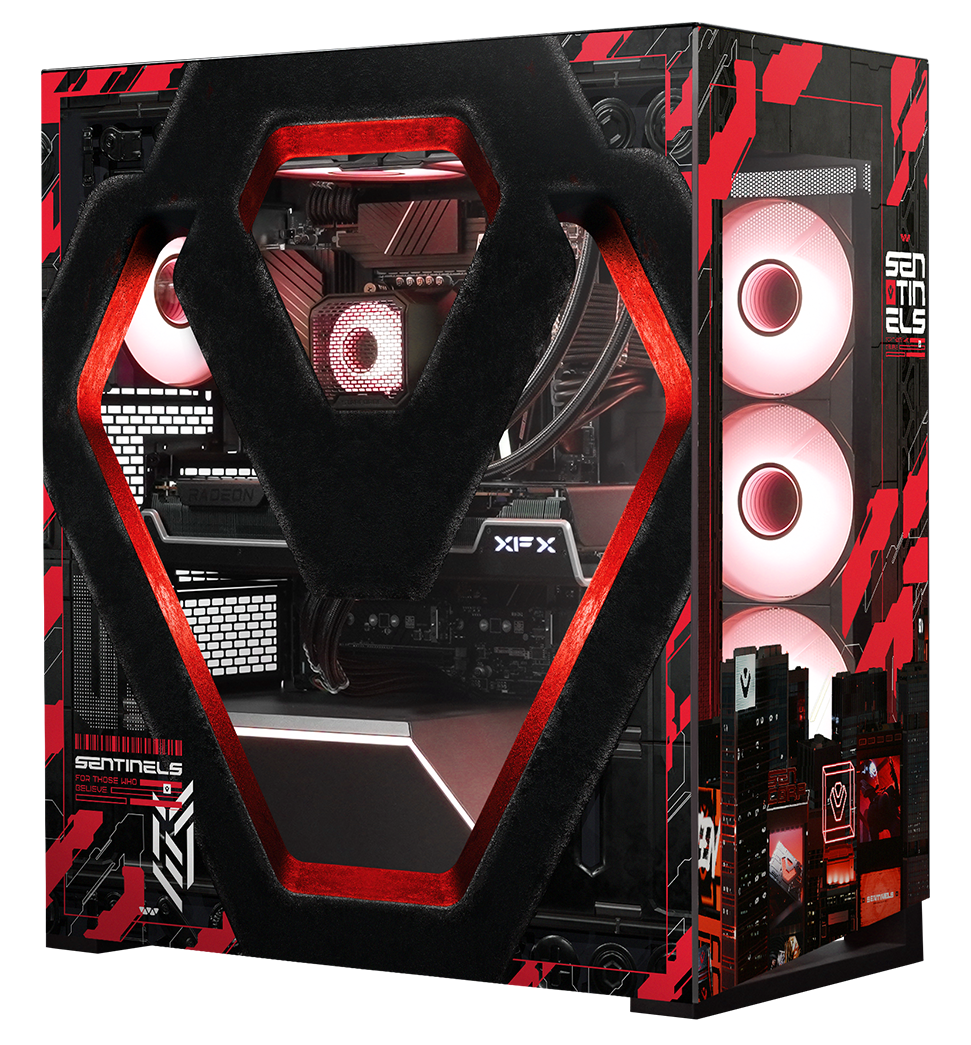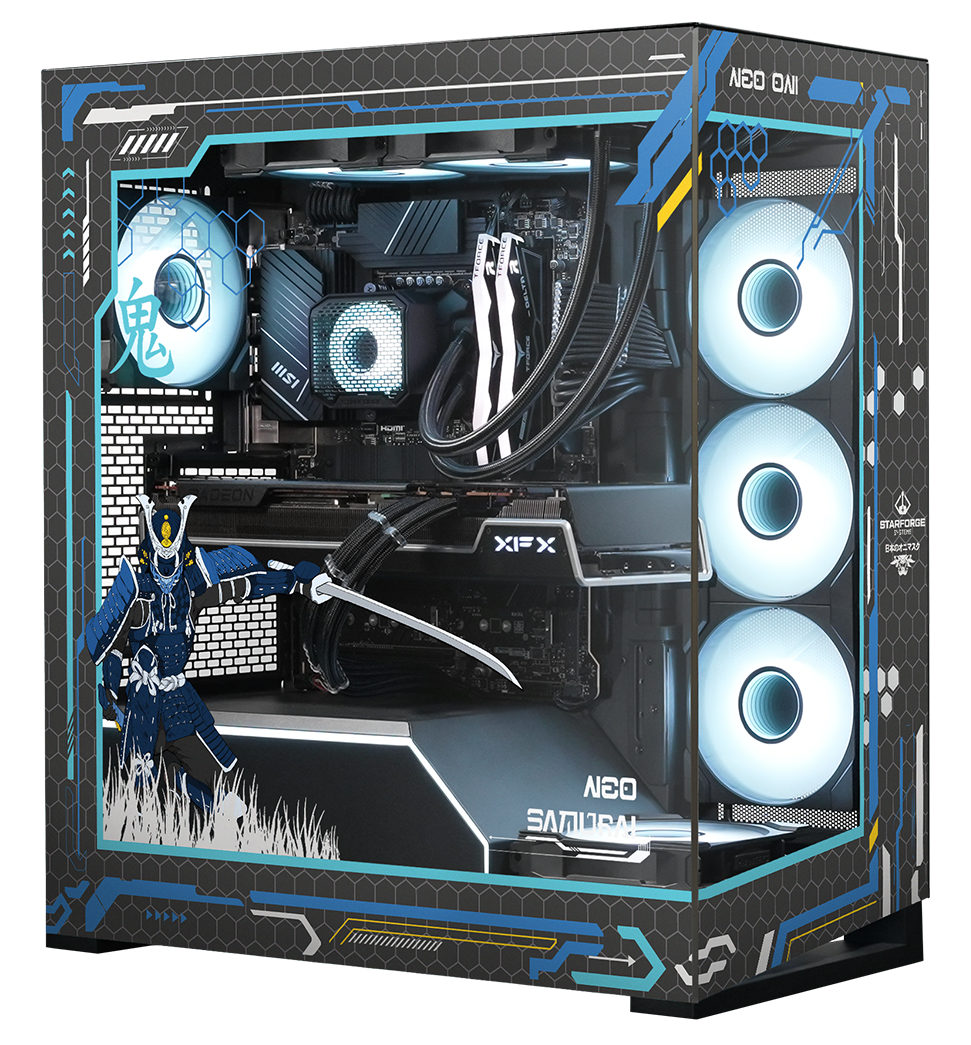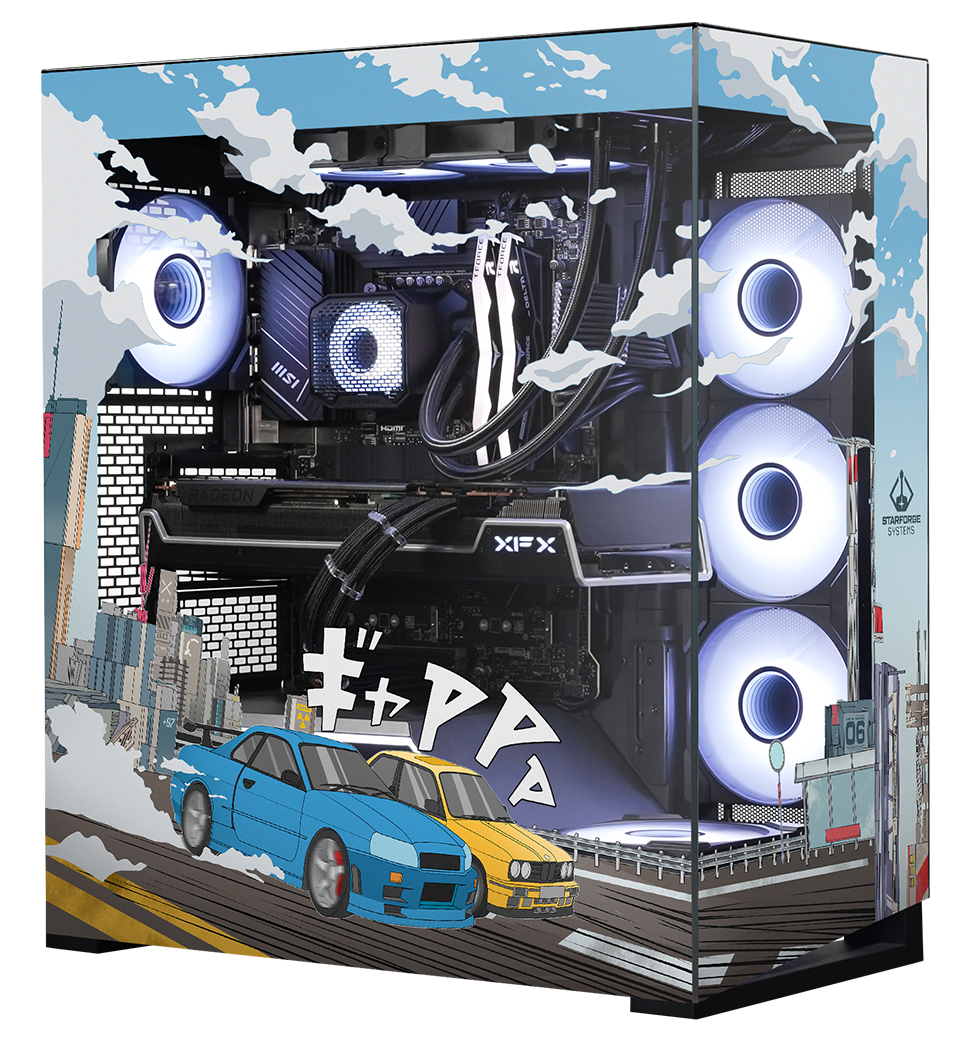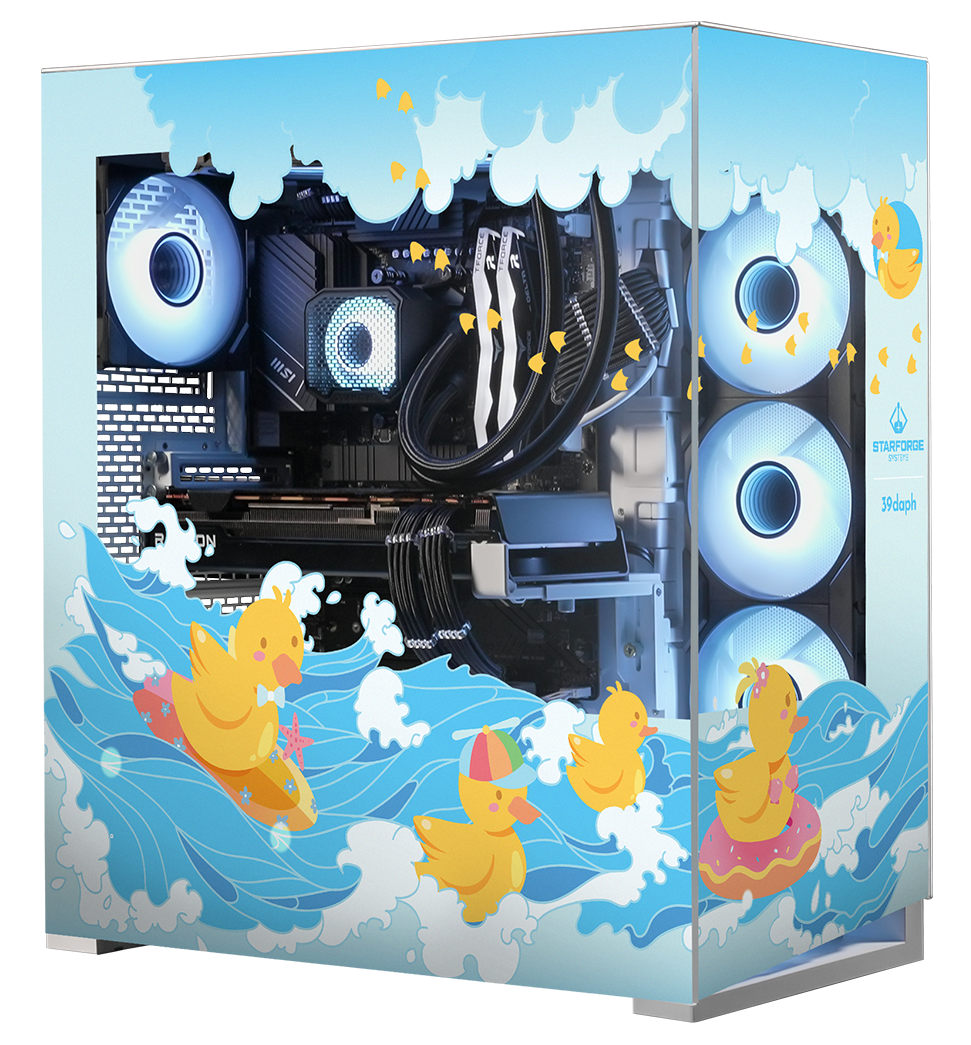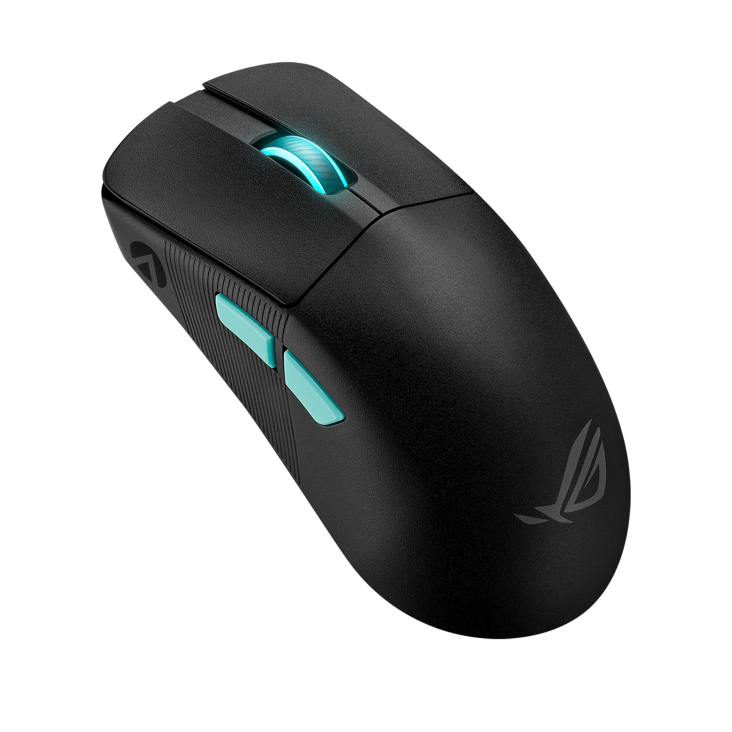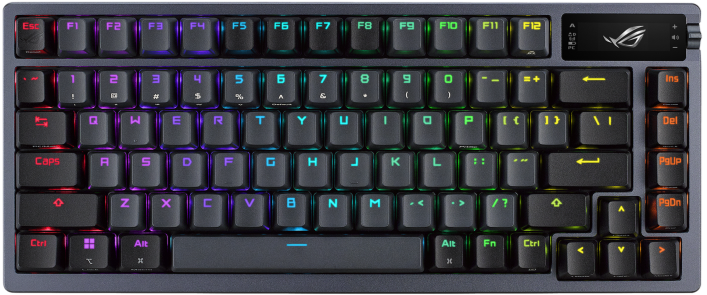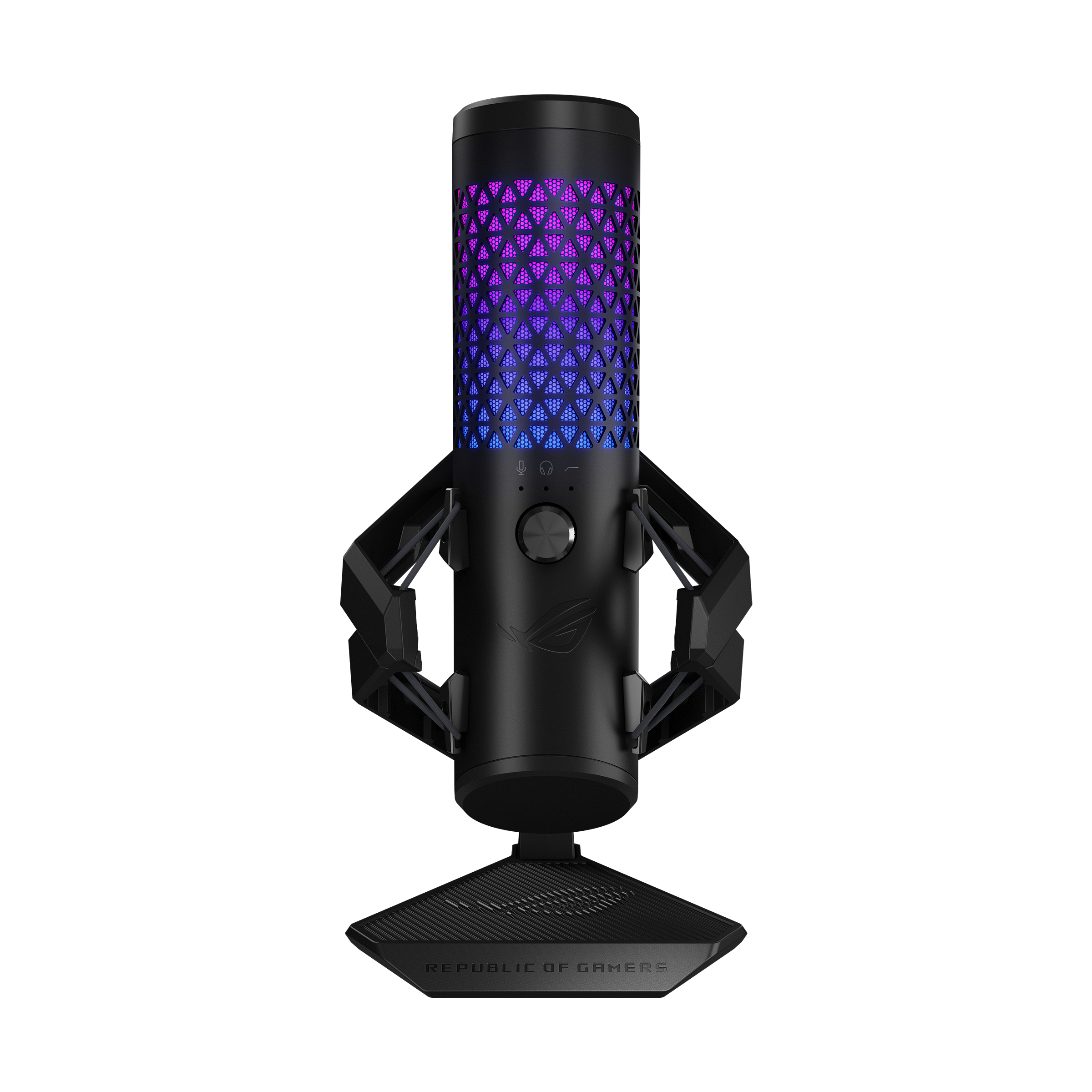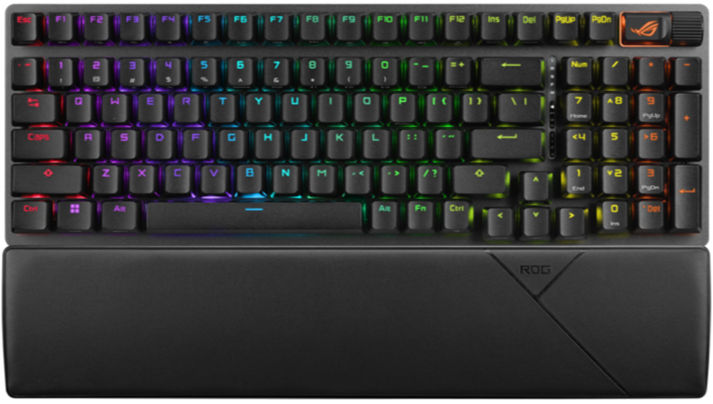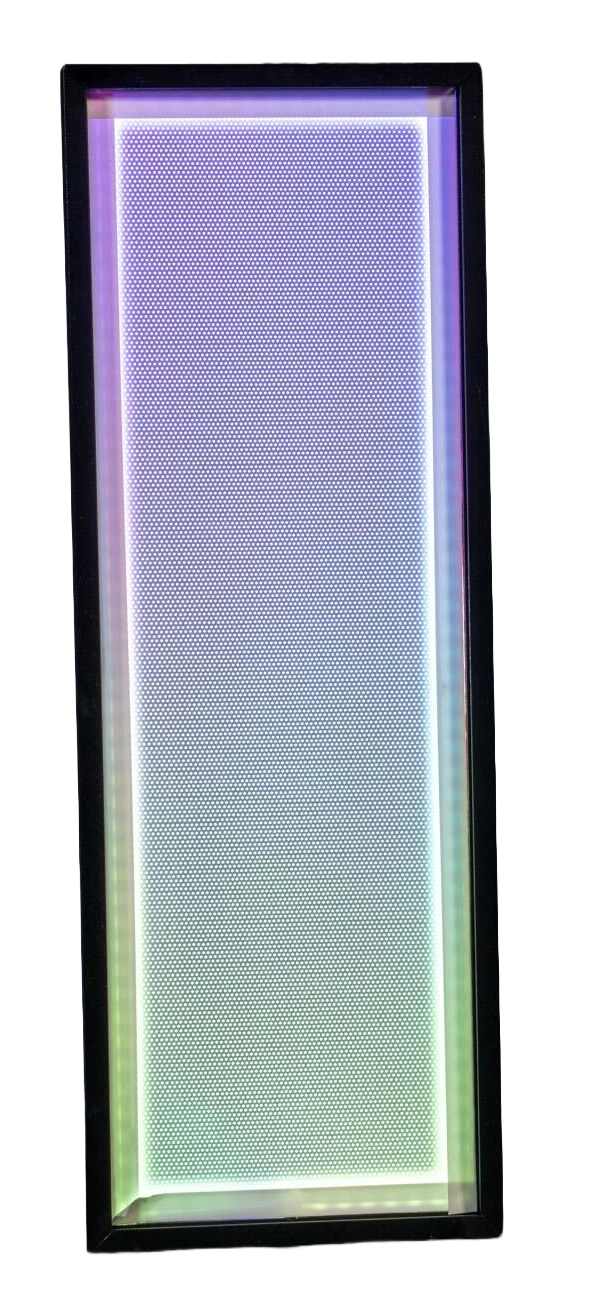I could wax poetic on abstract reasons why Starforge Systems are the Best PCs in the Universe. I could make our first blog post all about how we put love into every system and how our desire to reach for the stars is what allows us to make gaming computers that are out of this world. Branded language has its moments, but I think that it's far more important that this particular entry is more about what goes into day to day operations and how we go from parts on a pallet to the desktop that reaches your home.
It starts with purchase orders. Like any company dealing with physical goods, these parts are ordered from distributors, days, weeks or even months in advance. We'll receive into our warehouse several tons of cases, power supplies and GPUs over the course of a week, and it translates to hundreds, if not thousands, of individual components. Ensuring that we have all of the parts necessary to fill orders is paramount to quick delivery of a product.
The guy responsible for our purchases, Andrew, is in the warehouse most days out of the week. Not cooped up in his office on calls, or working through a million and one spreadsheets (There are a LOT of spreadsheets that go into purchasing). But physically on the warehouse floor. Sometimes it's to ask questions about a shipment we've just received in, or making sure serial numbers line up. Sometimes it's to make sure the count we have in inventory matches shelf stock. Personally, I think he does it because with all the calls to suppliers, the SKUs and product counts he does, at the end of the day what we ship out matters to him. Even though his responsibilities end when the product comes off the pallet, I wouldn't be surprised if he checks every motherboard box like a grocer checks their apples on display.
Speaking of pallets, nothing quite makes you feel small like ten feet of case boxes stacked on top of one another eight at a time. They're big, they're heavy and love to wobble when moved around. Clayton, Kevin and Zack usually handle bringing parts off of 18-wheelers that manage to wriggle their way to our loading dock. There's just enough space for them to fit, but every now and then a truck won't quite line up squarely. Between that and the slight incline, more than once it's been a bit... treacherous getting cases off of a truck and into the warehouse.
One time that sticks with me was when our pallet jack kept getting its tires stuck in a small space between the truck and the dock plate. Clayton had the day off for his birthday, and Zack was getting jammed up trying to get the first of six pallets off the truck. A few moments after asking for just a bit of help, he had three volunteers (plus me): James, Carson and Terry. If you asked any of them if it was their job to help push a pallet jack up an incline over a bump and catch a ten foot tower of computer cases to keep from falling over, none of them would say it was. But they did it anyway. No boss telling them to drop what they were doing and help out. No moaning and groaning. Teamwork. Pure and simple.
When the parts make it into the warehouse, they're sorted and given homes on shelves and on the warehouse floor. With several components being shared across multiple PCs, organization and ease of access are imperative to smooth operation. Clayton runs a tight ship in ensuring that everything has a home and that when systems are laid out in our staging and prep area, that they're easily scanned for serial numbers. This uniformity makes it easy to see what systems are ready to be built and that when they're built it's with the parts assigned to them. For just about every component that has a serial number, we track that from receiving it on our dock to shipping it out as a completed system. Being aware of what is in each system down to its serial number allows our team to track any issues or irregularities. In the event of something as extreme as a manufacturer recall from any of our suppliers, our team is ready. More practically, it gives us the ability to be proactive in our customer care process. We'll share more on that in another article.
Once systems are staged and scanned in for production, it's time that they're built. Building is done in a pseudo-assembly-line. The best way to break it down is into three parts: The motherboard, preparation and integration.
For the uninitiated, the motherboard is the central hub to any computer. Every component communicates with the motherboard in one way or another. Fans have headers from which they receive power and instructions on rotational speed. The processor receives its power through an array of pins and communicates to other devices through the chipset or directly via PCIe. Our build process features this independent step to ensure the board gets the attention it needs. Having the motherboard as its own step also allows for a fair amount of pre-work to be done on the PC. To stay ahead of the curve, the build team occasionally has motherboards already out of their box with some work done to them while sitting in the staging area. They work together to ensure that the most recent version of the BIOS has been flashed to the board, the processor is securely socketed, RAM is slotted in and the drive is properly seated. At the time of publishing, we recently had a review in which a thermal pad wasn't removed. Since that review went public, we've added an extra review step to this particular part of the build. Segmenting our build process means we can make procedural changes that increase quality control without sacrificing the time it takes to fill an order.
With the motherboard and the components that sit directly on it set aside, peripheral devices need to be prepared for integration. Whether bulk-packed or retail-packed, all of our components have a great deal of packaging to be dealt with. The necessary parts for each step of the build process are arranged for easy assembly, pre-work is done for certain components like mounting fans to radiators and the like. Everything is neatly arranged on carts. These serve as mobile counters where parts are staged for builds. This portion of the process is where our graphics cards, cases, power supplies and coolers are inspected for damage. Catching a computer chassis with one of its legs split or a dent in the rear panel before it is filled with components saves a great deal of headache. In one of our first prototypes, one of our team members caught a graphics card fan that was poorly connected, meaning it never made its way into testing, and importantly: A customer's set up. This preparatory step allows for quick integration when it's time for everything to come together into a fully built system.
Finally: There is integration. Where components become computers. This build step is where we have secondary inspections on each of the parts that goes into the PC. They surveyed as they're installed into the PC. The steps here are slightly different for each builder, though the final product is nearly indistinguishable. Of course, Terry, who oversees the build team can tell each of them apart. Despite the cable management of Starforge Systems's PCs being standardized, he's able to tell who built a computer just by how the cables are managed. This wire running over that one, an extra zip tie to really tide up a particular braid. He knows his teams work about as well as he knows his team. Building dozens if not hundreds of the same computer in the course of the weeks, months and years; it would be easy for them all to run together. But ultimately, they don't. Every computer is treated individually and with care. Our builders sign off on each system by putting a sticker on the inside of it. This bears their initials and is meant to not only track progress, but also help in adjusting any procedural flaws. The same way we document what goes into every PC, we record who brought it all together.
The builders operate as a unit. The room is filled with conversation and laughter. There's inside jokes for the team, and playful ribbing to go around. The guys even have a DnD campaign underway. Operations are smooth because the people who build the PCs and get them tested are driven, talented and above all; given a place where they can succeed. That's a huge part of why Starforge has been able to grow as quickly as it has.
Once a system is built, it's moved into our testing room. Quality control has already started when it comes to the physical integrity of the hardware. But there are some things that the eye can't see. For those issues, we have a robust series of tests. Certain specifics have to be left out here as the softwares that we use for testing have licenses that are protected. However, we put together our process for benchmarking and stress testing specifically to catch as many issues post-production as possible. Sadly, it's not a perfect process. Silicone degrades over time and components fail spontaneously. Sometimes that's while the systems are being put through their paces. One of the unfortunate realities of building so many computers is that over the course of so many parts, everything that can go wrong, will: A graphics card might fail after twelve hours of load. So why not test for fourteen?
The answer is that the next card might not fail until sixteen hours of load. And so on. We test to capture as many failures as possible and our testing process is designed to push every component to its limit. As a result, the testing room ends up getting very, very warm. Hundreds of computer fans spinning at once also makes the room a very loud place. Despite being the least comfortable place in Starforge HQ, the team that works through testing and automation are diligent every step of the way. They ensure systems have been serialized properly and that Windows is activated. With so many computers running at a time, our automation team leaves notes on any computer that may be out of specification. A sticky note that features "Fan buzzing" or "No display" is admittedly not foreign to our testing room.
When a part fails, or our testing software reports a failure, that PC is isolated and moved to another part of the warehouse. This quarantine ensures there's no accidental shipments of systems that haven't been proven to be in working order. Some components may fail during shipment, or even on first boot, but no computer is meant to leave the warehouse without passing test scores. The tests that we run all yield results that we store locally, as something to cross-check and review in the event of a system running into issues after it's been delivered to its owner.
There are times where there are north of one hundred PCs in our testing room. That translates to dozens of chassis, thousands of RGB LEDs and billions upon billions of operations being executed every second. Ethan, who leads up automation and testing, has taken the time necessary to iterate on our testing suite time and time again. When something goes wrong, not only does he know what went wrong, but also how to fix it. He's thorough and knowledgeable, but he's also not afraid to ask questions to learn more. Building a PC is one mountain. Ensuring it operates correctly is another, and he's always working to help Starforge climb to new heights.
After a system has been built, and after it has been tested comes the part that is most often overlooked by parties outside of the PC industry: Packing the computer. While it seems straightforward, the safe and secure delivery of a customer's PC is not solely in the hands of our shipping partner. A computer is a large, heavy, fragile and expensive piece of hardware. The packing and shipping team know as much and are tasked with protecting every single computer that leaves our warehouse. From building the boxes in which they're shipped to molding expanding foam around a graphics card, it's nothing short of amazing how quickly a room full of testing computers becomes a long row of boxes, carefully stacked so that the label is easily read.
When you unbox your Starforge computer, you'll notice a few things inside. First and foremost, bubble wrap. There's no such thing as a perfect fit when it comes to boxes, and even uniformly sized boxes have some slight variation to them. Using bubbles is an easy way to ensure that there's something holding the PC in place inside its larger outer box.
The inner box that holds the computer has a huge amount of information on it for being a box. We include a packing slip for the convenience of our customers, so that they can easily confirm that they've received their order and not someone else's. The system's serial number is also printed and attached to the box. As these are assigned to orders by the shipping and warehouse team, time spent going to look for a specific computer out of dozens or hundreds is greatly diminished. Saving just a few minutes in assigning a PC to an order compounds massively over the course of a busy work week. This serial number can also be double-checked to ensure that the system going into the box isn't going to come out of the box with any issues we could have fixed internally.
Opening that inner box, you'll find your computer. Not just any computer. Your computer. It's been capped at the top and bottom by a hard foam that once again serves to protect the chassis from a shock, like the outer box and bubble wrap mentioned above. As three to four layers of packaging and cardboard very quickly becomes repetitive, we take the time to fill as much of the negative space within the computer as possible. Three expanding foam inserts and a fourth piece of foam to hold them in place generally does the trick. Each system is signed off on with the packer's initials.
From there, and once it's been given its label, the PC is ready to ship. Tracking is automated in such a way that you'll receive an email the moment your label is printed. In one set of dock doors one day, out through another set of doors the next. Turning parts into a finished product isn't immediate, but it also cannot take weeks on end. Luckily, the teams who take the time to turn what could just be any PC in the universe into the BEST PCs in the universe are eternally determined to elevate the quality of their work to the stars and beyond.
So! What makes a Starforge PC? At the end of the day, one could say it's computer parts chosen by a company that wants to sell computers. They're put together, they're tested and then they're shipped. But there's so much more to it than that. It's done with passion. It's done with attention to detail. It's done with teamwork.
Doing it the right way matters.

